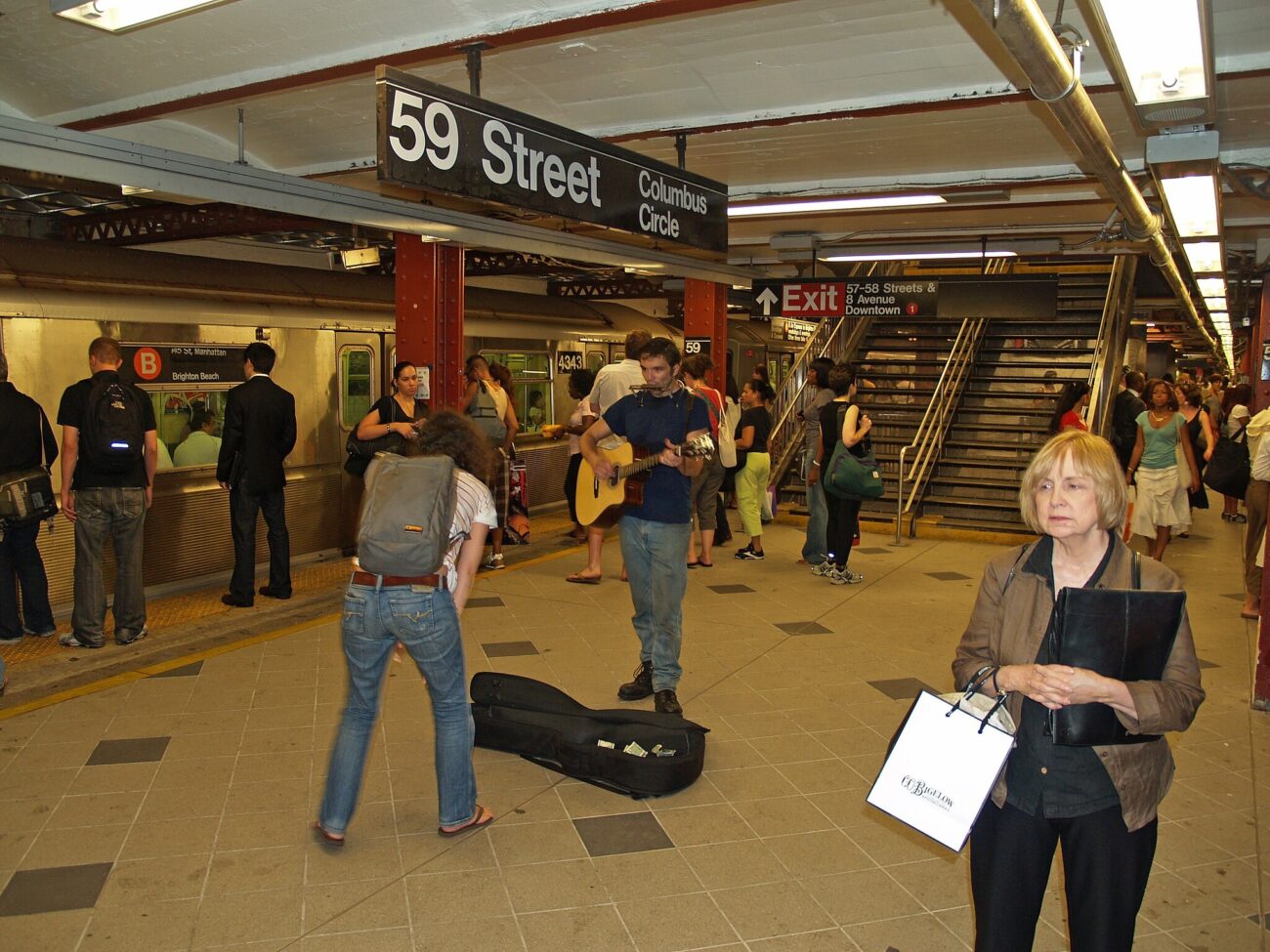
"Maladaptation, which pervades the subway system, refers to well-intended actions that produce harm or increase vulnerability. The air conditioning in train cars cools the interiors but pumps hot air to the platforms."
"Since 1901, average annual temperatures in New York have increased 2.6°F. And in 2024, the city experienced 21 days with highs above 90°F."
"On June 24, Klein recorded a temperature of 94°F at Union Square. With humidity in play, it felt like 111°F."
"Sweltering heat affects all New Yorkers, but these conditions make travel particularly difficult for the elderly, pregnant individuals, people with disabilities."
Subway heat in New York City has reached dangerous levels, severely impacting commuters, especially vulnerable populations like the elderly and pregnant individuals. Average temperatures have increased significantly since 1901, with 21 days exceeding 90°F in 2024. Maladaptation is prevalent, where well-intended solutions worsen conditions, such as air conditioning cooling train interiors but circulating hot air to platforms. Temperatures recorded by social media accounts show extreme heat, highlighting an urgent need for infrastructure improvements and effective climate adaptation strategies.
Read at State of the Planet
Unable to calculate read time
Collection
[
|
...
]